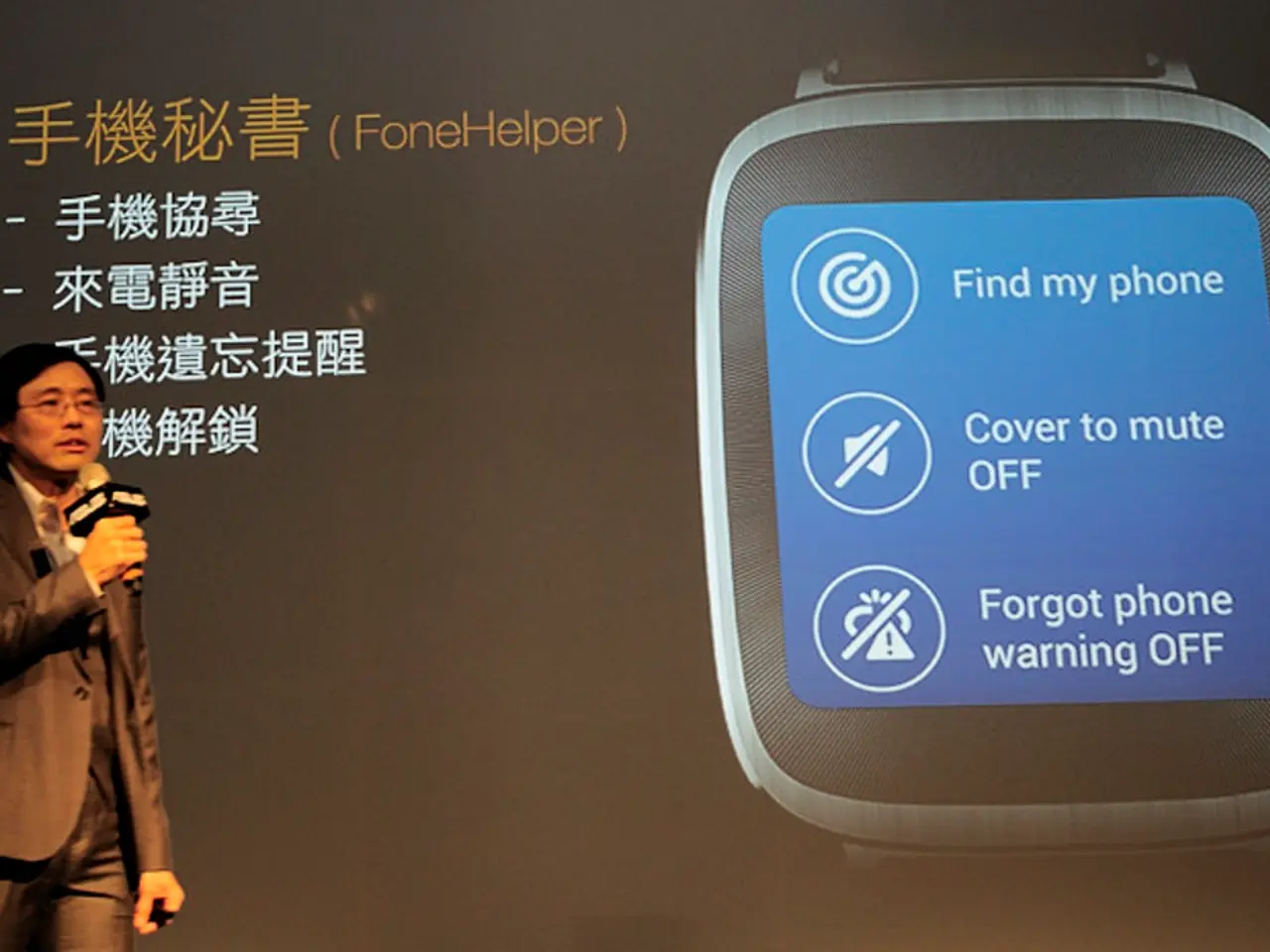Digital Twins Revolutionize Medicine, But Data Security and Access Challenges Remain
Digital twins, virtual representations of a patient's health status, are transforming medicine. They allow doctors to simulate diagnoses, test therapies, and predict disease progression safely. However, ensuring data security, societal acceptance, and fair access are crucial for their integration into standard care.
Digital twins use data from MRI images, lab results, and wearable devices to create a virtual patient. This enables doctors to simulate various scenarios without risking the real patient's health. For instance, in oncology, digital twins combine clinical, radiological, and genomic data to improve diagnosis and surgical planning for ovarian cancer. In neurosurgery, advanced imaging supports precise tumor removal. Broadly, they enable adaptive, individualized therapy plans based on real-time data analysis.
To ensure data security, encrypted storage, pseudonymization, clear legal frameworks, transparency in data usage, and patient trust are essential. However, the risk of incorrect medical decisions due to faulty data or algorithms exists. Therefore, digital twins should be seen as a supporting tool for doctors, not a replacement.
Digital twins' potential to improve treatments and patient outcomes is significant. They are already used in various fields, from cancer care to chronic diseases like multiple sclerosis and drug development. For them to become a permanent part of care, broad availability, clear legal frameworks, high patient trust, and integration into daily medical practice are needed. Societal acceptance and collaboration between politics, research, and healthcare are crucial. While they could exacerbate healthcare inequalities if not accessible to all, they also have the potential to make the system fairer by supporting diagnoses in structurally weak regions.
Read also:
- Trump's SNAP reductions and New York City Council's grocery delivery legislation: Problems for city residents highlighted
- Reducing dental expenses for elderlies in Sweden: Over 50% cut in charges for pensioners by the government
- Forty-year-old diet: A list of meal choices to savor
- Exiled Life's Conundrum: A Blend of Liberation, Disillusionment, and Distress






